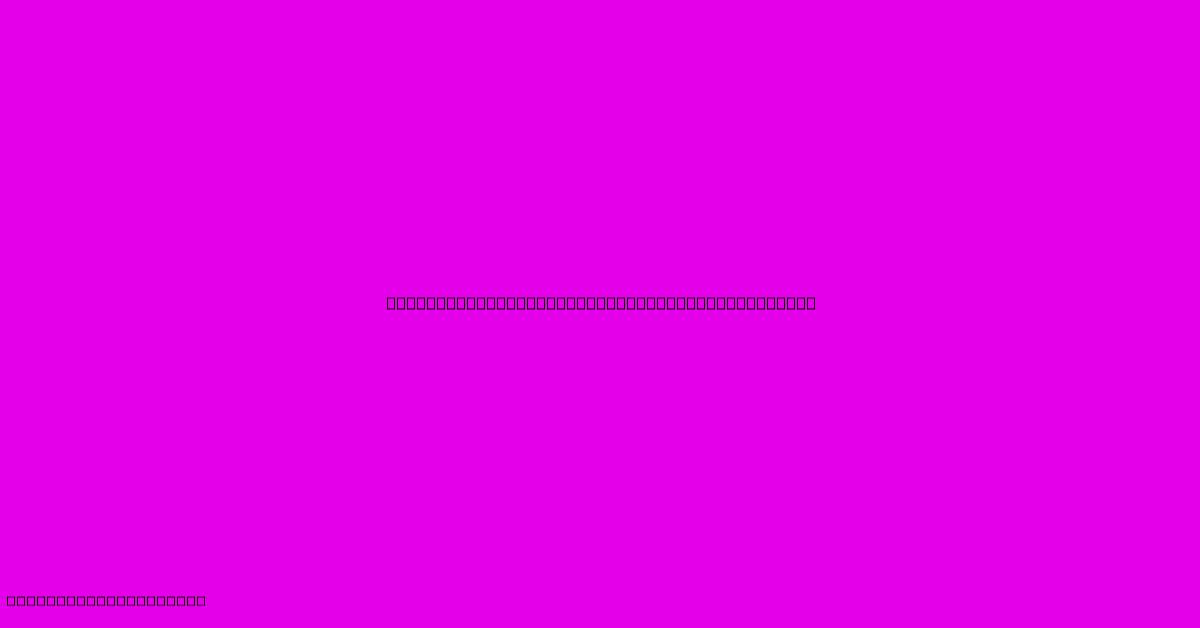What Should A Gas Fireplace Flame Look Like

Table of Contents
What Should a Gas Fireplace Flame Look Like? A Comprehensive Guide
Choosing a gas fireplace adds warmth, ambiance, and value to your home. But how do you know if your gas fireplace is performing optimally? Understanding what a healthy gas fireplace flame should look like is crucial for safety and efficiency. This comprehensive guide will walk you through everything you need to know, covering various flame types and troubleshooting common issues.
Identifying a Healthy Gas Fireplace Flame
A healthy gas fireplace flame should be steady, consistent, and primarily blue, with only a small amount of yellow at the very base. This blue color indicates complete combustion, meaning the gas is burning efficiently and cleanly. Here's a breakdown of what to look for:
The Ideal Flame: Blue with Minimal Yellow Tipping
The majority of the flame should be a vibrant blue. A small amount of yellow tipping at the very bottom is acceptable and often unavoidable. This yellow is caused by unburned hydrocarbons. However, excessive yellow indicates a problem.
Flame Height and Shape: Consistent and Stable
The flame should burn at a consistent height and maintain a relatively stable shape. It shouldn't flicker wildly, dance erratically, or have significant changes in height unless you're adjusting the controls. A wavering or sputtering flame suggests issues with gas flow or air intake.
No Sooting or Smoke: A Clean Burn
A well-functioning gas fireplace should produce minimal soot or smoke. The presence of significant soot buildup indicates incomplete combustion and potential safety hazards. This can also lead to reduced efficiency and higher energy bills.
Understanding Different Types of Gas Fireplace Flames
Gas fireplaces come in various styles, each producing a slightly different flame pattern:
Traditional Flames: Classic and Consistent
These flames mimic the look of a traditional wood-burning fireplace, offering a steady, mostly blue flame with minimal yellow tipping. They generally provide a comforting and familiar aesthetic.
Variable Flames: Adjustable Height and Intensity
Many modern gas fireplaces offer variable flame height and intensity controls, allowing for customized ambiance. While offering flexibility, ensure the flame remains primarily blue even at its lowest setting. Excessive yellow at low settings could signify a problem.
Decorative Flames: Unique Visual Effects
Some fireplaces incorporate decorative features, such as logs, embers, or crystals, that interact with the flame to create unique visual effects. While these enhance the aesthetics, the underlying flame should still adhere to the characteristics of a healthy flame (mostly blue with minimal yellow).
Troubleshooting Common Gas Fireplace Flame Issues
If your gas fireplace flame doesn't look like the ideal described above, it could indicate a problem requiring attention:
Excessive Yellow Tipping: Possible Causes and Solutions
- Insufficient oxygen: Check for obstructions in the air intake vents. Dust, debris, or closed vents can restrict airflow, leading to incomplete combustion and yellow flames.
- Low gas pressure: Contact a qualified gas technician to check for low gas pressure in your line.
- Dirty burner: A buildup of dust and debris on the burner can impede proper gas flow. Consult your owner's manual for cleaning instructions. Never attempt cleaning while the fireplace is on.
Flickering or Dancing Flames: Potential Causes and Solutions
- Air drafts: Strong drafts in the room can disrupt the flame stability. Try closing nearby windows and doors.
- Dirty or damaged pilot assembly: A dirty or faulty pilot assembly can cause inconsistent flame behavior. Consult a professional for repairs.
Sooting or Smoke: Addressing Incomplete Combustion
- Dirty burner: Clean the burner following the manufacturer's instructions.
- Airflow issues: Examine the air intake and exhaust vents for any blockages.
- Gas pressure issues: Contact a qualified gas technician to diagnose low gas pressure.
WARNING: If you suspect a problem with your gas fireplace, immediately turn it off and contact a qualified gas technician. Never attempt repairs yourself unless explicitly stated in your owner's manual.
Maintaining Your Gas Fireplace for Optimal Performance
Regular maintenance is key to ensuring your gas fireplace operates safely and efficiently.
- Consult your owner's manual: Follow the manufacturer's recommendations for cleaning and maintenance.
- Annual inspection: Schedule an annual inspection by a qualified gas technician to identify and address potential issues before they become major problems.
By understanding what a healthy gas fireplace flame should look like and addressing potential problems promptly, you can enjoy the warmth, beauty, and efficiency of your gas fireplace for years to come. Remember, safety is paramount – always prioritize professional help when dealing with gas appliances.

Thank you for visiting our website wich cover about What Should A Gas Fireplace Flame Look Like. We hope the information provided has been useful to you. Feel free to contact us if you have any questions or need further assistance. See you next time and dont miss to bookmark.
Featured Posts
-
Manitoba Landscape Photography Nothern Lights
Feb 21, 2025
-
Dubois Injured Bakole Fights Parker
Feb 21, 2025
-
File Cabinets Office Furniture
Feb 21, 2025
-
Ronan Keating On Lenient Sentence
Feb 21, 2025
-
Chrome Bathroom Light Fixtures
Feb 21, 2025